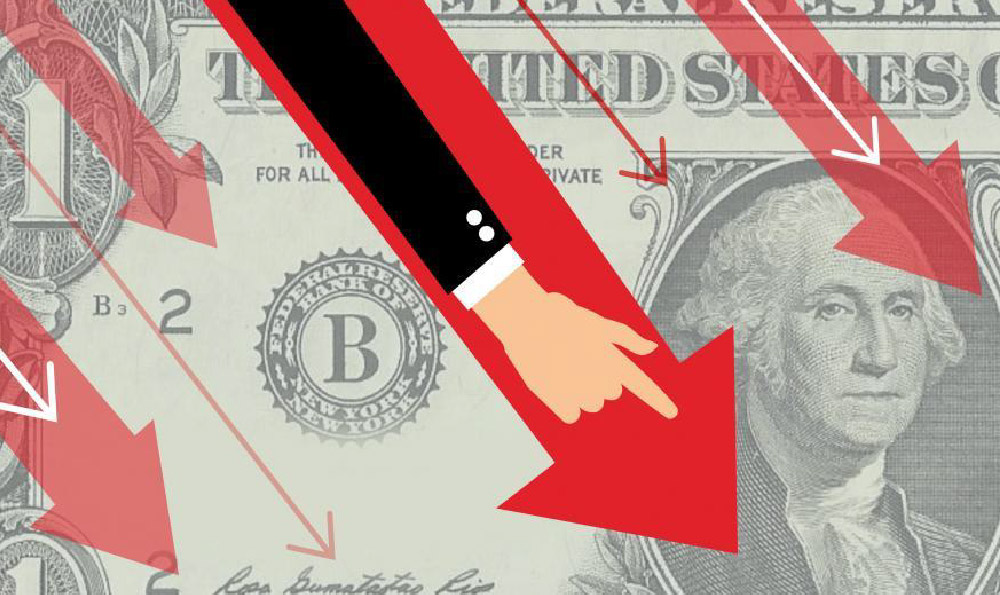
The question of how much Formula 1 drivers earn is a fascinating one, often shrouded in secrecy and subject to significant fluctuations based on performance, team prestige, and sponsorship deals. It's not a simple figure, but rather a complex equation that considers various income streams. A base salary is the starting point, negotiated fiercely and reflective of the driver's experience, proven track record, and perceived potential. This salary can range from a modest sum for rookies entering the sport to astronomical figures for seasoned world champions.
Think of it like this: a rookie driver joining a smaller, less competitive team might earn a base salary in the hundreds of thousands or low millions of dollars. Their value is largely based on future potential and the inherent risk associated with an unproven talent. They represent a long-term investment, and their initial earnings reflect this. Conversely, a driver like Max Verstappen, Lewis Hamilton, or Fernando Alonso, at the peak of their careers and consistently delivering race wins and championship challenges, commands a salary reaching tens of millions of dollars annually. They are proven commodities, guaranteed to bring performance, sponsorship opportunities, and a boost in team morale and public image.
Beyond the base salary, performance-based bonuses form a significant portion of a driver's earnings. These bonuses are meticulously structured and tied to specific achievements. Winning a race, securing a podium finish, outperforming a teammate, or even achieving a certain qualifying position can trigger substantial bonus payments. These clauses are often highly confidential and negotiated with great care, creating a powerful incentive for drivers to push their limits and contribute to the team's success. The more successful a driver is, the more substantial these bonuses become, further widening the gap between the top earners and the rest of the grid.

Another lucrative income stream for F1 drivers is personal sponsorship deals. These deals are independent of the team's sponsors and involve the driver endorsing products or services. Drivers can partner with brands in various sectors, from apparel and watches to automotive and technology. The value of these sponsorships depends on the driver's popularity, marketability, and the reach of their personal brand. Star drivers with a large social media following and a strong connection with fans can command substantial sums from these endorsements, potentially adding millions more to their annual income. The driver's management team plays a crucial role in securing and managing these sponsorships, ensuring they align with the driver's image and values.
Furthermore, image rights contribute to a driver's earning potential. These rights allow companies to use a driver's likeness in advertising campaigns and promotional materials. The value of image rights is directly proportional to the driver's fame and recognizability. A driver with a strong public persona and a large fan base can generate significant revenue from image rights agreements. These agreements are typically negotiated separately from the base salary and performance bonuses, providing another avenue for drivers to monetize their success.
It's important to recognize the significant expenses that drivers also incur. While the team covers travel, accommodation, and other logistical costs associated with race weekends, drivers often have personal expenses related to their training, personal staff, and lifestyle. Many drivers employ personal trainers, physiotherapists, nutritionists, and even personal assistants to help them manage their demanding schedules and maintain peak physical and mental condition. These services come at a considerable cost, requiring careful financial planning and management.
The economics of Formula 1 also influence driver salaries. Teams with larger budgets and more lucrative sponsorship deals are generally able to offer higher salaries than smaller, less financially secure teams. Red Bull, Ferrari, and Mercedes, for example, have historically been able to pay their drivers more generously than teams like Williams or Haas. This disparity in financial resources creates a competitive landscape where drivers often weigh financial considerations against the potential for success when choosing which team to drive for. A driver might be willing to accept a lower salary to join a more competitive team with a better chance of winning races and ultimately increasing their long-term earning potential.
Moreover, the ever-evolving regulations in Formula 1 can impact driver salaries. Rule changes affecting car performance and engine technology can shift the balance of power between teams, influencing their competitiveness and financial stability. Teams that adapt quickly to new regulations and demonstrate a competitive edge are more likely to attract top drivers and be willing to pay higher salaries. Conversely, teams that struggle to adapt may face financial challenges and be forced to reduce driver salaries or seek out less experienced, more affordable drivers.
The driver market is a dynamic and often unpredictable landscape. Contract negotiations can be intense, with teams vying for the services of the most talented drivers. A driver's negotiating power is significantly enhanced by strong performance, race wins, and championship contention. Drivers who consistently deliver results and demonstrate their value to the team are in a much stronger position to command higher salaries and favorable contract terms.
In conclusion, determining the exact earnings of an F1 driver is a complex undertaking, involving a combination of base salary, performance bonuses, personal sponsorships, and image rights. The specific figures vary significantly based on a driver's experience, performance, marketability, and the financial strength of their team. While the potential for high earnings exists, it comes with significant expenses and the constant pressure to perform at the highest level in one of the most demanding and competitive sports in the world. The vast sums associated with the top drivers underscore not only their athletic prowess but also the immense commercial value they bring to their teams and the sport as a whole.





